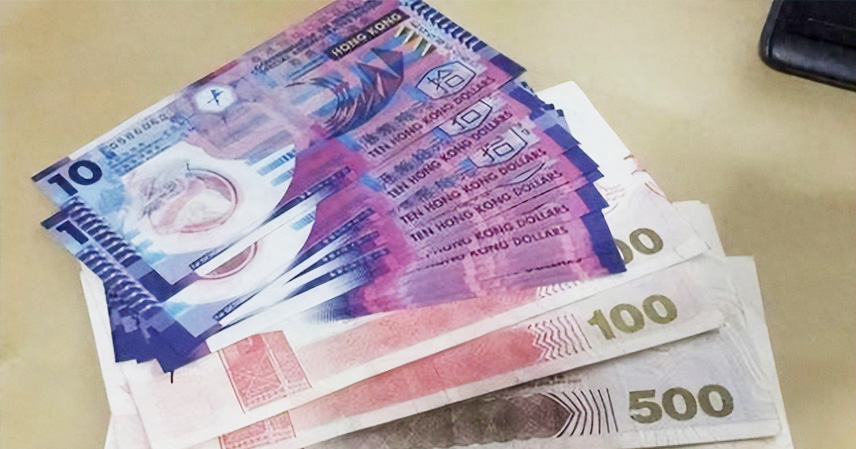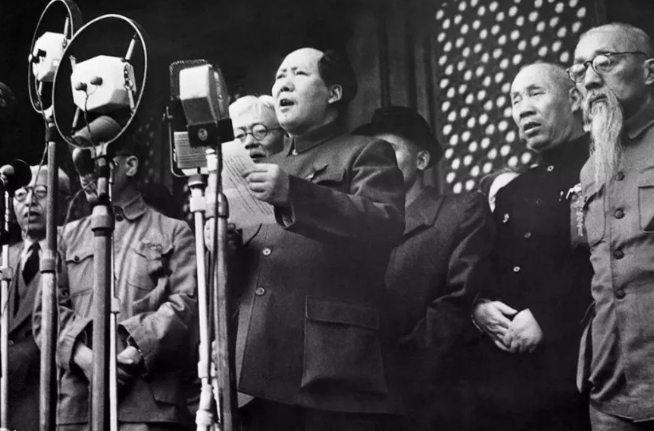Hong Kong evokes images of a bustling financial hub, seamlessly blending East and West. Yet even after its 1997 handover to China, the streets hum with transactions in the Hong Kong dollar (HKD)—a currency that persists amid the city’s unique status. This setup, while puzzling at first glance, stems from layers of historical agreements and practical economic safeguards.
Tracing the Roots: A Colonial Legacy Shapes Currency
Hong Kong’s monetary story begins in the 19th century. Following defeats in the Opium Wars, the Qing Dynasty ceded the island to Britain via unequal treaties, later expanding to Kowloon and the New Territories. Under British rule for over 150 years, Hong Kong evolved into a thriving trade port, with its economy demanding a stable financial backbone.
Silver dollars initially dominated, but paper notes gained traction. The HKD emerged in the 1860s, formalized in 1935 as the official unit, initially pegged to the British pound for reliability. Three banks—HSBC, Standard Chartered, and later the Bank of China—handled issuance, a system that endured until handover.
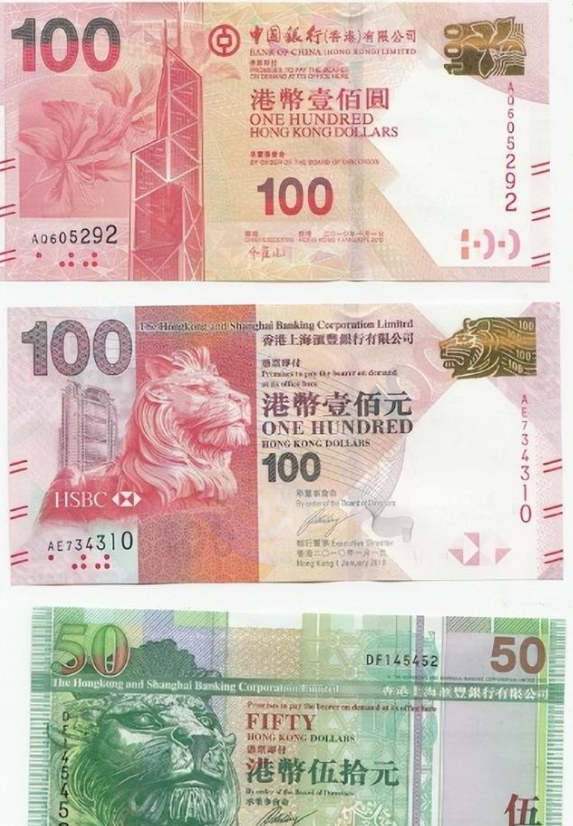
By the 1980s, Sino-British negotiations addressed Hong Kong’s future. After marathon talks, the 1984 Joint Declaration was signed in Beijing, outlining the 1997 transfer. China emphasized sovereignty, while Britain sought a smooth transition. The agreement enshrined “one country, two systems,” preserving Hong Kong’s capitalist framework, including its financial systems, unchanged for 50 years. Registered with the UN, it gained international weight. Hong Kong’s Basic Law, enacted in 1990, reinforced this: Article 111 designates the HKD as legal tender, while Article 112 upholds fiscal autonomy and free capital flows, aiming to sustain its role as a global finance node.
Safeguarding Stability: Policies That Anchor the HKD
Post-1997, the HKD‘s retention aligns with “one country, two systems” principles. The Basic Law grants the Hong Kong Monetary Authority (HKMA) oversight of issuance, with the three note-issuing banks continuing operations. Notes feature local icons like Victoria Harbour for authenticity and security.
Central to this is the linked exchange rate system, introduced in 1983 at HK$7.80 per US dollar and refined in 2005 to a HK$7.75-7.85 band. This USD peg buffers against volatility, as proven during the 1998 Asian financial crisis when HKMA interventions stabilized markets. Abruptly adopting the renminbi could trigger stock plunges, capital flight, and eroded investor trust—undermining Hong Kong’s trade-driven economy, which thrives on convertibility and minimal controls (per Basic Law Article 113).
Central authorities have pledged non-interference to bolster Hong Kong’s global edge. Issuance requires backing by USD reserves, scrutinized by HKMA to curb inflation. Daily life revolves around the HKD—from groceries to rents—making a switch disruptive for adaptation and calculations. Cross-border perks abound: the HKD pairs seamlessly with the Macanese pataca (1 HKD ≈ 1.03 MOP, comprising 45% of its circulation), and renminbi gains ground via offshore hubs without displacing it.
Dual acceptance in shops and active border exchanges highlight coexistence. HKMA’s 2018 note series added tech like QR codes and fluorescent threads for fraud resistance, with rigorous printing and quality checks ensuring trust. This framework supports bilateral trade, mainland firm listings, and interconnectivity, while annual reports promote transparency. Pension funds and retirees rely on its steadiness; unification could devalue savings and stifle innovation, prompting business exits.
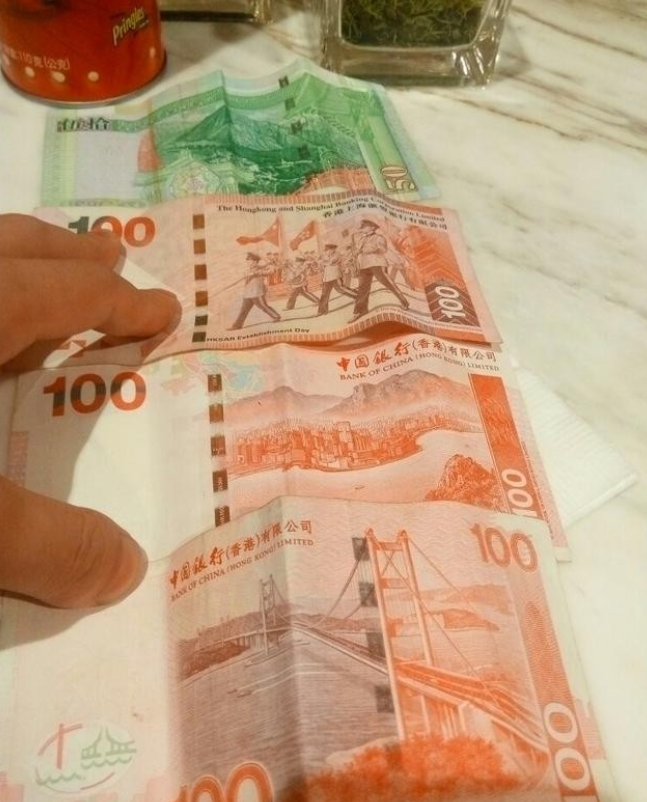
International observers commend the transparency, with mechanisms like futures trading maintaining liquidity. Adjustments to issuance volumes respond to demand, balancing sectors from insurance to tech. This pragmatic approach, refined through memos and global coordination (e.g., with the Federal Reserve), underscores a commitment to seamless continuity.
Looking Ahead: Sustaining Prosperity in a Evolving Landscape
Nearly three decades on, the HKD underpins Hong Kong’s financial prominence. Renminbi integration advances—via dedicated counters for remittances and expanded offshore pools—fostering deeper economic ties and stock listings for mainland entities. As the Basic Law’s 50-year horizon nears in 2047, the HKD‘s role may adapt to growth needs, with HKMA strategies attuned to global shifts.
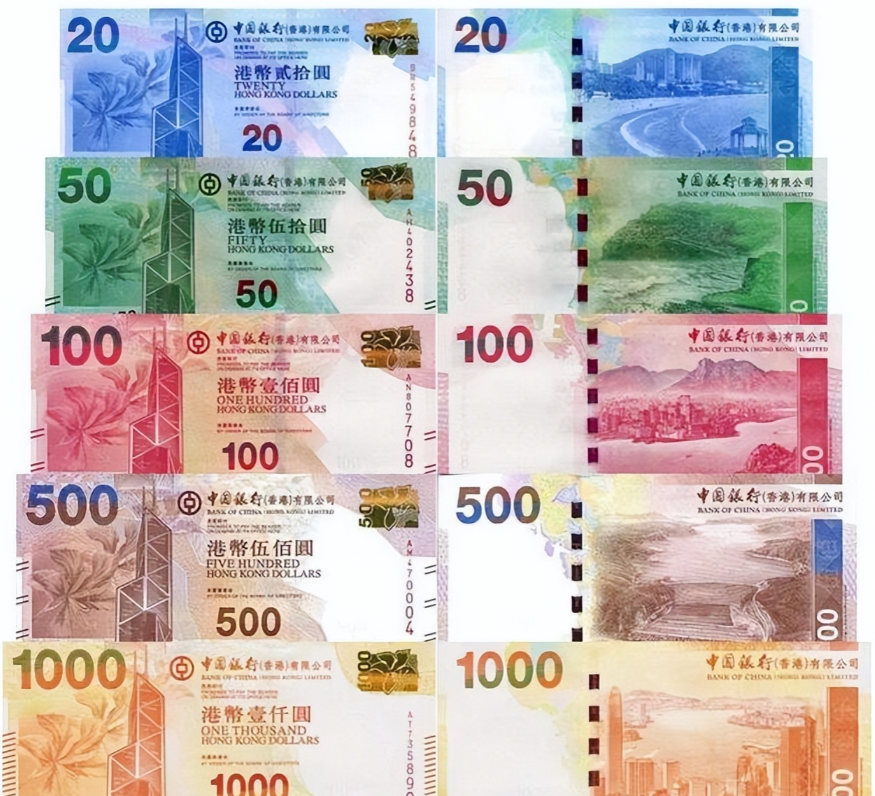
Enhancements like the 2005 band tweak demonstrate resilience. It bolsters charities, entertainment, and SME loans, stabilizing livelihoods. Complementary policies encourage renminbi-HKD synergy, benefiting regional economies. Forward, Hong Kong positions as a bridge for initiatives like the Belt and Road, with HKD as a versatile tool. Digital explorations hint at tokenized versions, but stability remains paramount—guided by practical demands over rigid timelines.
In essence, the HKD‘s endurance reflects a balanced blend of history, policy, and foresight, preserving Hong Kong’s distinct advantages amid broader integration.
References
- Hong Kong Monetary Authority: Milestones of Monetary Reform (Nov 13, 2023)
- Wikipedia: Hong Kong Dollar
- Basic Law of Hong Kong: Chapter V
- Wikipedia: Sino-British Joint Declaration
- HKMA: Linked Exchange Rate System (Jun 27, 2024)

